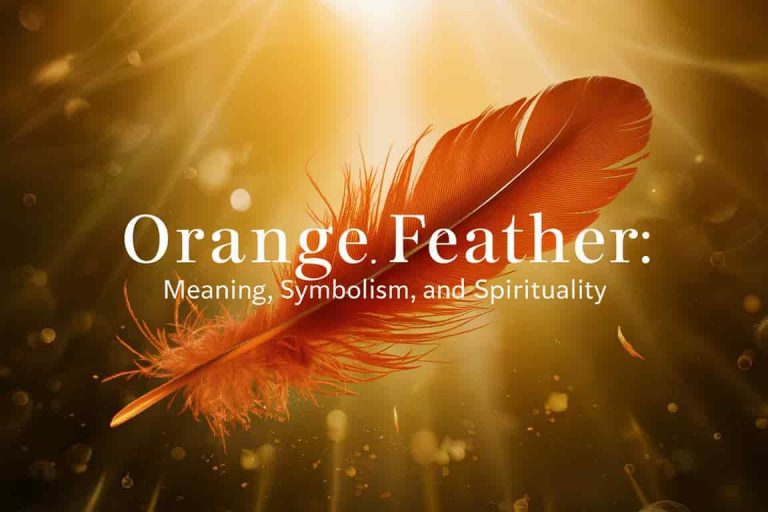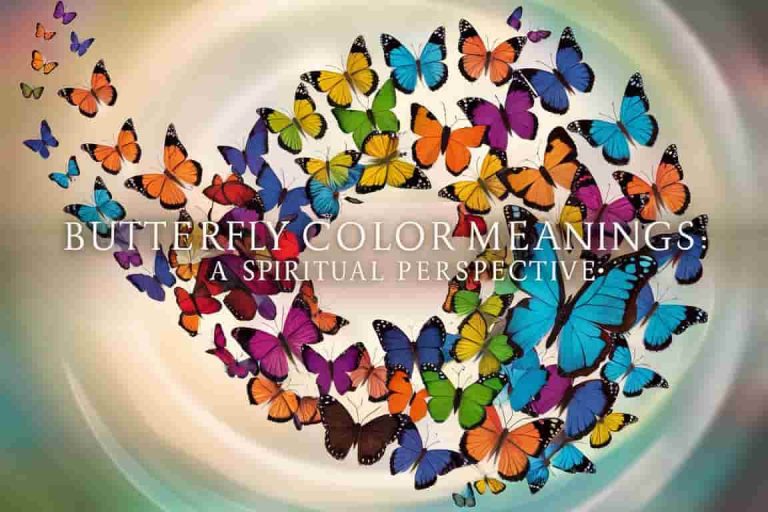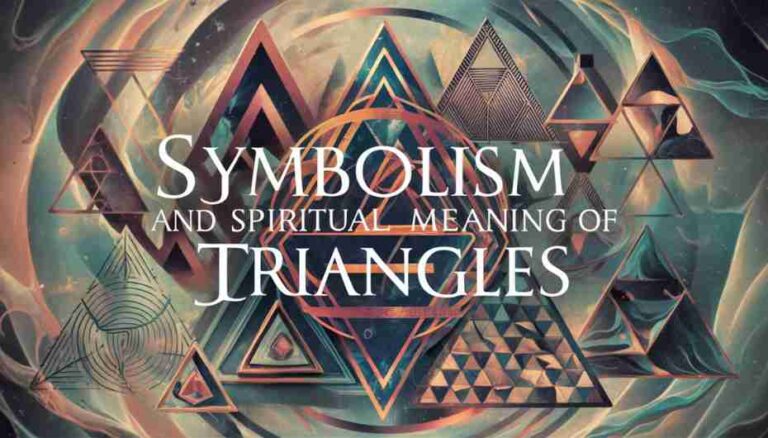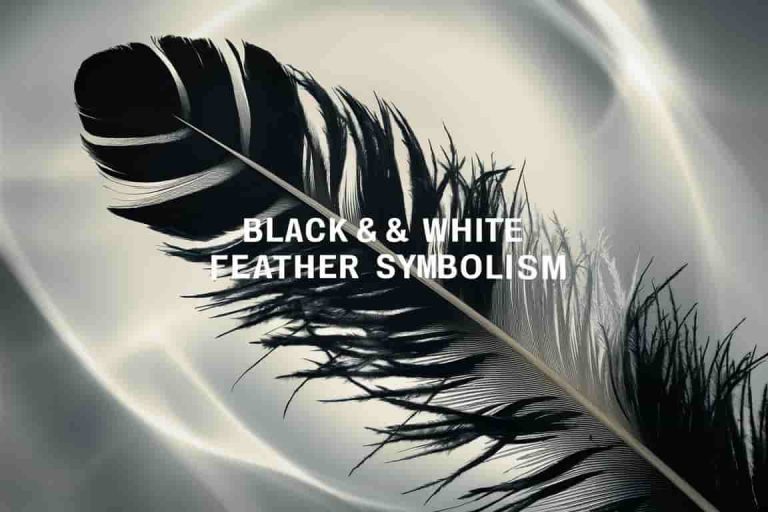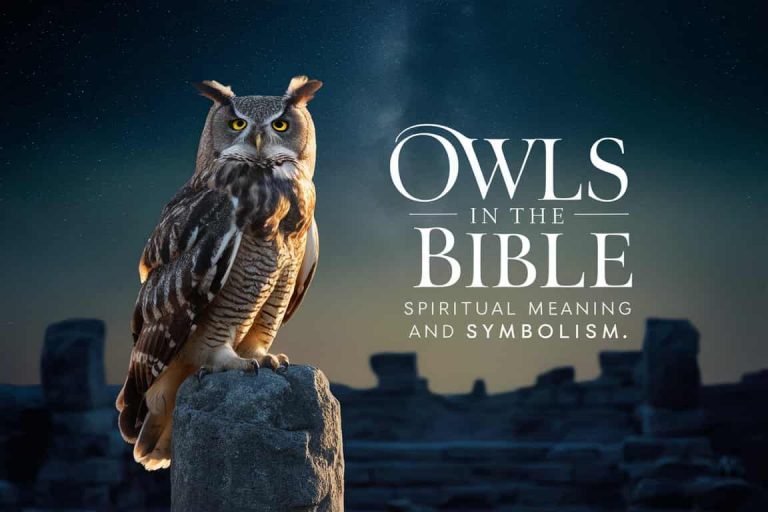The Spiritual Meaning and Symbolism of Spirals
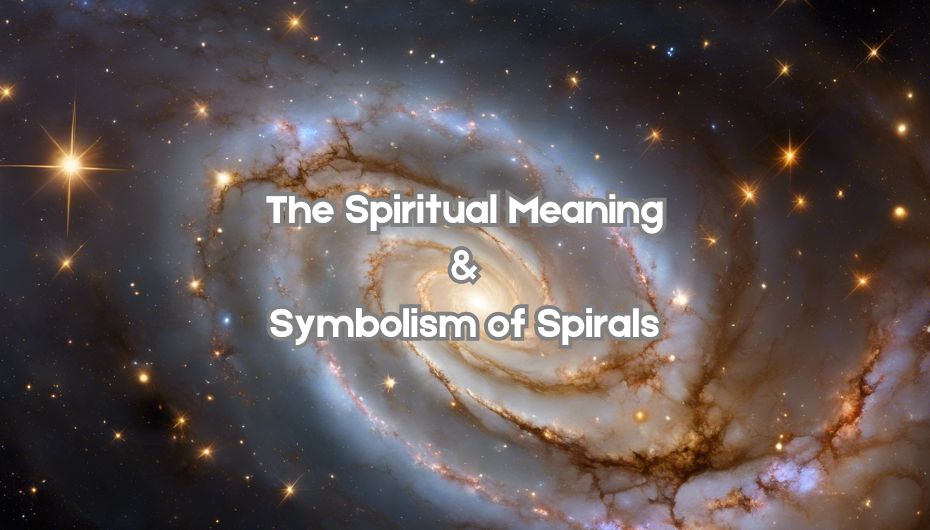
Spirals are one of the most ancient and universal symbols found in various cultures and spiritual traditions. They appear in nature, art, and architecture, symbolizing growth, evolution, and the journey of the soul. This article explores the spiritual significance of spirals, their cultural interpretations, and their role in spiritual practices.
What is the Spiritual Meaning of a Spiral?
Spirals represent growth, evolution, and the continuous cycle of life. They symbolize the universe and our place within it. The spiral’s shape, which starts at a central point and expands outward, mirrors the journey of personal and spiritual growth. It signifies the path from the outer ego to the inner soul, connecting us to the divine.
Symbolism of Growth and Evolution
Spirals are often seen as symbols of growth and change. As they expand outward, they represent the journey of life, constantly evolving and progressing. This continuous expansion reflects the idea that personal and spiritual growth is an ongoing process without a final destination.
Connection to the Universe
The spiral is also a symbol of the universe and our place within it. It represents the great cycles that constantly advance within the universe, such as the cycles of birth, life, death, and rebirth. This connection to the universe reminds us that we are part of a larger whole, interconnected with all of existence.
Cultural Interpretations of the Spiral Symbol
Spirals hold significant meanings in various cultures and spiritual traditions. Each culture interprets the spiral in unique ways, reflecting their beliefs and values.
Celtic Culture
In Celtic culture, spirals are symbols of the journey of life. The triple spiral, or triskelion, represents the continuous cycle of life, death, and rebirth. It signifies the journey from the physical world to the spiritual world and back again, emphasizing the interconnectedness of all life.
Native American Culture
Native American cultures often use spirals to symbolize the journey of the soul. The spiral represents the path the soul takes after death, moving through different levels of existence towards the afterlife. This journey is seen as a spiritual one, reflecting the soul’s progression through various stages.
Hinduism
In Hinduism, spirals symbolize the journey of the soul towards enlightenment. The spiral represents the path the soul takes as it moves towards a state of pure consciousness. This journey involves moving through different levels of consciousness, reflecting the soul’s spiritual evolution.
Christianity
In Christianity, spirals are often used to symbolize the Holy Trinity. The spiral represents the three-fold nature of God: the Father, the Son, and the Holy Spirit. This symbol is commonly found in Christian art, such as stained glass windows, emphasizing the unity and interconnectedness of the divine.
Buddhism
Buddhism uses spirals to symbolize the journey towards enlightenment. The spiral represents the path the soul takes as it moves towards spiritual enlightenment, moving through different levels of consciousness. This journey reflects the soul’s continuous growth and evolution.
Table: Cultural Interpretations of the Spiral Symbol
| Culture | Interpretation of Spirals |
|---|---|
| Celtic | Journey of life, spiritual growth |
| Native American | Path of the soul, afterlife journey |
| Hinduism | Journey towards enlightenment |
| Christianity | Holy Trinity, spiritual journey |
| Buddhism | Path to spiritual enlightenment |
Additional Cultural Insights
- Polynesian Culture: Spirals in Polynesian art often symbolize new life, growth, and peace. The Koru, a spiral shape based on the unfurling fern frond, represents the perpetual motion of life and the idea of returning to one’s roots.
- South American Culture: In South American cultures, spirals are found in ancient petroglyphs and are believed to represent cosmic energy and the cycles of nature.
Looking for more insights? Read these posts.
Spirals in Spiritual Practices
Spirals are not just symbols; they are active tools in many spiritual practices. They help individuals connect with their inner selves and the universe.
Meditation and Mindfulness
Using spirals in meditation can enhance focus and awareness. Visualizing a spiral can help quiet the mind and deepen the meditative state. This practice can lead to greater insight and inner peace. Tracing a spiral with your finger or eyes can also be a calming activity, helping to center your thoughts.
Dance and Movement
Spiral movements are integral to many spiritual dances. For example, Sufi whirling dervishes spin in a spiral to connect with the divine. This dance creates an inward vortex, believed to open energy channels. Native American Sun Dance rituals also use spiral movements to link the physical and spiritual realms. These dances often lead to trance states, providing profound spiritual experiences.
Breathwork and Energy Flow
In yoga, many postures incorporate spiral movements. Twisting poses help release energy blockages and stimulate vital points in the body. These movements can improve digestion and mental clarity. Breathwork practices, like the Spiral Breath, use the spiral’s shape to enhance the flow of energy through the body. This technique can lead to a sense of balance and well-being.
The Significance of Spirals in Sacred Geometry
Sacred geometry is the study of shapes and patterns that have spiritual significance. Spirals are a key element in this field, representing harmony and balance.
Explanation of Sacred Geometry
Sacred geometry involves the use of geometric shapes to understand the universe. These shapes are seen as the building blocks of all creation. The spiral is one of the most important shapes in sacred geometry, symbolizing the golden ratio and the Fibonacci sequence.
Role of Spirals in Sacred Geometry
Spirals are found in many sacred structures and artworks. They represent the natural order and the interconnectedness of all things. The golden spiral, based on the golden ratio, is a common motif. This ratio is seen in the proportions of the human body, plants, and even galaxies. It reflects the harmony and balance of the universe.
Examples in Architecture and Art
Many ancient and modern structures incorporate spirals. The Great Pyramid of Giza, for example, uses the golden ratio in its design. The spiral is also a key element in many cathedrals and temples. In art, spirals are used to create a sense of movement and flow. They can be found in everything from ancient carvings to modern sculptures.
Table: Examples of Spirals in Nature
| Natural Occurrence | Symbolic Meaning |
|---|---|
| Shells | Growth, protection |
| Galaxies | Cosmic connection, infinity |
| Plant Growth | Natural harmony, life cycles |
The Journey of the Soul and Spirals
Spirals are powerful symbols of the soul’s journey. They represent the path of personal and spiritual growth.
Metaphor for the Soul’s Journey
The spiral’s shape, starting at a central point and expanding outward, mirrors the soul’s journey. It symbolizes the path from the outer ego to the inner soul. This journey involves moving through different levels of consciousness, reflecting the soul’s evolution.
Connection to Life Cycles and Rebirth
Spirals also represent the cycles of life, death, and rebirth. They remind us that life is a continuous process of change and renewal. This concept is found in many spiritual traditions, where the spiral symbolizes the soul’s journey through different lifetimes.
Personal Growth and Spiritual Evolution
On a personal level, spirals symbolize growth and transformation. They remind us that personal and spiritual development is an ongoing process. Each turn of the spiral represents a new stage of growth, bringing us closer to our true selves.
Historical Uses of Spiral Symbols
Spirals have been used throughout history in various cultures and contexts. They appear in ancient carvings, architecture, and art, symbolizing different aspects of life and spirituality.
Ancient Carvings and Petroglyphs
Spirals are among the oldest symbols found in ancient carvings and petroglyphs. They date back to the Neolithic period and are found on rocks and cave walls worldwide. These carvings often depict spirals as symbols of life cycles, growth, and cosmic energy. For example, the Newgrange monument in Ireland, built around 3200 BCE, features triple spirals carved into stones, symbolizing the interconnectedness of life, death, and rebirth.
Spirals in Ancient Architecture
Ancient architecture also incorporates spiral designs. The Great Mosque of Samarra in Iraq, built in the 9th century, features a spiral minaret. This design symbolizes the connection between the earthly and the divine. Similarly, the Vatican Museum’s spiral staircase represents the journey of the soul towards enlightenment. These structures use spirals to convey spiritual and cosmic significance.
Historical Significance in Various Cultures
Different cultures have used spirals to represent various spiritual concepts. In Mesoamerican cultures, spirals are linked to the feathered serpent deity Quetzalcoatl, symbolizing wind and cosmic energy. In Celtic culture, the triple spiral or triskele represents the three realms of land, sea, and sky, as well as the cycle of life, death, and rebirth. These cultural interpretations highlight the universal significance of spirals across time and geography.
Table: Historical Uses of Spiral Symbols
| Historical Example | Significance |
|---|---|
| Newgrange, Ireland | Symbol of life cycles, spiritual journey |
| Great Mosque of Samarra | Connection between earthly and divine |
| Mesoamerican cultures | Symbol of wind and cosmic energy |
Spirals in Nature
Spirals are prevalent in nature, appearing in various forms and scales. They symbolize the natural order and the interconnectedness of all life.
Examples of Spirals in Nature
Spirals can be found in many natural phenomena. The nautilus shell, with its perfect logarithmic spiral, represents growth and evolution. Galaxies, such as the Milky Way, also follow a spiral pattern, symbolizing the vastness and order of the universe. Plant growth, like the arrangement of leaves on a stem (phyllotaxis), follows a spiral pattern to maximize sunlight exposure and space efficiency.
Symbolic Meanings Derived from Natural Spirals
Natural spirals carry deep symbolic meanings. They represent the harmony and balance found in nature. The spiral’s continuous and expanding form symbolizes the infinite nature of the universe and the ongoing process of growth and change. These natural patterns remind us of our connection to the cosmos and the cycles of life.
Table: Examples of Spirals in Nature
| Natural Occurrence | Symbolic Meaning |
|---|---|
| Shells | Growth, protection |
| Galaxies | Cosmic connection, infinity |
| Plant Growth | Natural harmony, life cycles |
Personal Experiences and Interpretations
Spirals hold personal significance for many individuals. They can represent personal growth, spiritual journeys, and connections to the divine.
Anecdotes and Personal Stories
Many people find personal meaning in spirals. For some, spirals symbolize their journey through life, reflecting the ups and downs they have experienced. Others see spirals as reminders of their spiritual path, guiding them towards enlightenment and self-discovery. Personal stories often highlight how spirals have helped individuals find balance and purpose in their lives.
How Individuals Connect with Spiral Symbols
People connect with spirals in various ways. Some use spiral symbols in meditation and mindfulness practices to center their thoughts and enhance their spiritual awareness. Others incorporate spirals into their art, jewelry, or home decor as reminders of their spiritual journey. These connections help individuals feel more grounded and connected to the universe.
Impact on Personal Growth and Spiritual Practices
Spirals can have a profound impact on personal growth and spiritual practices. They encourage introspection and self-discovery, helping individuals understand their place in the world. By embracing the symbolism of spirals, people can find deeper meaning in their experiences and foster a greater sense of connection to the divine.
Spirals are powerful symbols that represent growth, evolution, and the interconnectedness of all life. They appear in various cultures, spiritual practices, and natural phenomena, highlighting their universal significance. By understanding the spiritual meaning of spirals, we can gain deeper insights into our own lives and the universe.
Sources:

